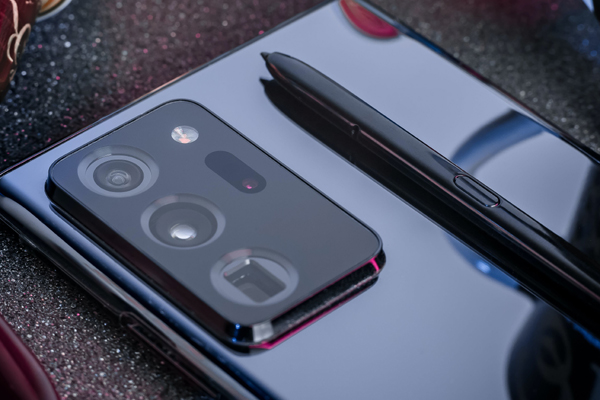1. Early Mobile Cameras (2000s):
- Mobile phones in the early 2000s featured basic, low-resolution cameras primarily for capturing simple snapshots. These cameras were more of a novelty than a serious photography tool.
2. Megapixels and Image Quality (Mid-2000s):
- The mid-2000s saw a shift toward higher megapixel counts in mobile cameras, improving image quality. Nokia's N-Series phones, for example, featured cameras with up to 5 megapixels, setting the stage for improved mobile photography.
3. The Rise of the iPhone (2007):
- Apple's iPhone, introduced in 2007, marked a significant turning point in the evolution of mobile camera technology. It featured a 2-megapixel camera and introduced a user-friendly interface that made it easier for people to take and share photos.
4. Android and Wider Adoption (Late 2000s):
- The release of Android smartphones brought competition and innovation to the mobile camera market. Manufacturers like Samsung and HTC started integrating advanced camera features and improving image quality.
5. Front-Facing Cameras (2010s):
- The introduction of front-facing cameras for selfies and video calls further expanded the capabilities of mobile cameras. This innovation contributed to the rise of selfie culture and video content creation.
6. HDR and Filters (2010s):
- High Dynamic Range (HDR) and various filters became standard features in mobile camera apps. These tools allowed users to enhance and stylize their photos directly on their devices.
7. Dual-Lens Cameras (2016):
- Dual-lens cameras, pioneered by companies like Huawei and Apple, offered enhanced depth perception and optical zoom capabilities. These cameras improved low-light performance and created a buzz in the smartphone market.
8. Computational Photography (2010s):
- Computational photography, driven by artificial intelligence (AI), became a game-changer. It allowed smartphones to capture and process multiple images simultaneously, resulting in sharper, well-exposed, and noise-free photos.
9. Portrait Mode and Bokeh Effects (2016):
- Portrait mode, enabled by dual-lens cameras and computational photography, brought professional-looking bokeh (background blur) effects to mobile photography. This feature further blurred the line between smartphone and DSLR photography.
10. Night Mode (2019): - Night mode, introduced by Google's Pixel series and later adopted by other manufacturers, significantly improved low-light photography. It uses AI and image stacking to capture stunning photos in dark environments.
11. Ultrawide and Periscope Zoom Lenses (2020s): - Ultrawide lenses and periscope zoom lenses (offering extreme optical zoom) have become common in modern smartphones. They provide users with more versatility in photography.
12. AI-Based Enhancements (Ongoing): - AI-powered features, such as scene recognition, automatic adjustments, and image enhancement, are now standard in smartphone cameras. These technologies continue to improve image quality and ease of use.
13. Pro Modes and RAW Support (Ongoing): - Many smartphones now offer "Pro" modes, giving users manual control over settings like ISO, shutter speed, and focus. RAW support allows for more advanced post-processing.
The evolution of mobile camera technology has democratized photography, making it accessible to billions of people worldwide. Today, smartphones are not just tools for capturing moments but also powerful devices for creative expression. The integration of AI, advanced sensors, and computational photography has elevated smartphone photography to unprecedented heights, blurring the boundaries between traditional photography and mobile photography. It's a journey that continues to redefine how we capture and share our world.




Comments (0)